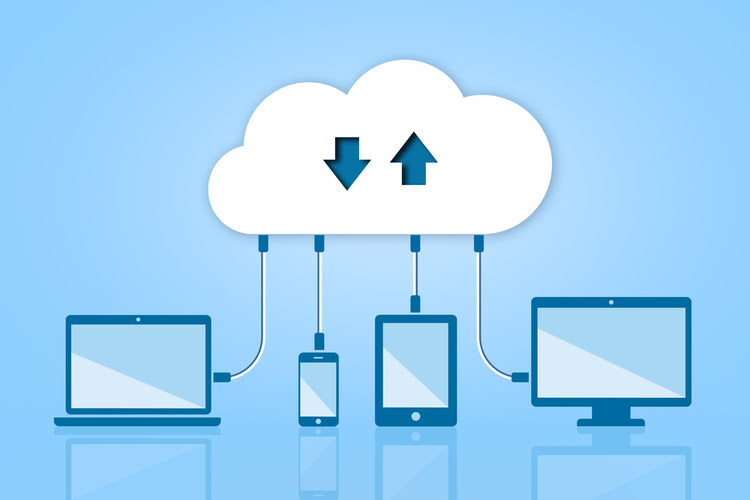Consider the cost savings, speed of execution, and accuracy gains that RPA can provide. Utilize existing data to understand where automation could help reduce https://www.globalcloudteam.com/ manual labor and define any financial or resource constraints. Сompanies of all industries, especially in Fintech, manage invoices on a daily basis.

During each sprint, developers create a certain part of the functionality and present it to you. This process is repeated over and over until all functionality is created and all integrations are added. Account Payable is a critical part of the day-to-day functions of any financial institution. However, being repetitive and time-consuming, AP is the perfect candidate for RPA automation.
Implementation Steps
Now that we’re clear with the idea of RPA in finance and accounting, it’s time to review the benefits of this concept. This decreases errors and helps to invoice smaller items missed by manual processing. Improving the invoicing process provides more revenue from existing transactions. Automating repetitive tasks from the month end process lead to efficiency and remove bottlenecks. Identify all the manual processes that your organization is spending time on. Next, list all the repetitive, manual & high-volume functions based on their complexity.
By clicking these links, you can receive quotes tailored to your needs or find deals and discounts. If you enter into a contract or purchase with a provider, we may receive a payment for the introduction or a referral payment from the rpa use cases in accounting retailer. This carries no additional cost to you and doesn’t affect our editorial independence. Malcolm is an advocate for digital privacy, specialising in areas such as Artificial Intelligence, Cyber Security and Internet of Things.
Why Robotic Process Automation (RPA)
Minor human errors in each department can accumulate, leading to significant losses. RPA services for the accounting industry let companies automate manual accounting procedures to eliminate human errors from the equation. Another benefit of robotic process automation in the financial industry is budget optimization. As it was mentioned above, RPA saves resources by handling repetitive tasks faster than humans. These systems are often more expensive than RPA solutions and create a negative employee experience. Here are the main tasks that become serious challenges when using legacy finance systems.

Credit and deposit calculators are another robotic process automation finance use cases that shed light on the lending process for customers. In addition to updating the data, banks also constantly check the authenticity of the data provided during the issuance of loans and other foreign exchange transactions. Instead of the consultant manually checking the data against various databases, an automated algorithm can do it in a matter of seconds.
Unlock true Kubernetes cost savings without losing precious sleep over performance risks
Once data is collected by the bots, they can send a detailed report to the compliance manager or person in charge to review and approve onboarding. If a new customer is approved, then the bot can also transfer all the relevant information into the CRM or customer profile. By combining historical data from multiple departments, automation solutions can create a comprehensive financial forecast and then seamlessly conduct variance analysis with this data. RPA uses artificial intelligence to eliminate errors and automate repetitive, high-volume tasks. Rather than that, it can automate specific steps in a lengthy process, which has been a significant driver of its adoption.

As a result, your accounting department will become overwhelmed with the task of comparing receipts and expense reports before authorizing payouts. Rather than that, you can automate this process using robotic process automation. Finance robotics is evolving from simple individual task automation to full process automation that could improve the accuracy of financial analysis and forecasts. Automating finance processes requires combining finance robotics with other intelligent automation technologies. Finance is under pressure to increase the ROI on finance robotics (sometimes called robotic process automation or RPA, smart automation, or intelligent automation).
The evolution of RPA in finance
The company was able to fully automate the process within 4 weeks and achieve ROI within 2 months. Numerous businesses use RPA to automate financial reporting, particularly those that must provide daily reports to management. RPA comprises software robots, colloquially referred to as bots, representing a reusable task and process automation pattern. Bots perform some human-like functions, such as reading a screen in one application and copying and pasting relevant text into another. RPA software automates mundane, repetitive, rule-based processes, enabling accounting staff to devote more time to serving clients and other higher-value work.
Finance teams frequently have to manage data stored in multiple systems, which can often be an inefficient use of their time. Rather than spending time combing through various systems to gather information, RPA bots can be used to accomplish this task in a fraction of the time. Once the bots have collected data, they can send a detailed report to the compliance manager or other individuals responsible for reviewing and approving onboarding. One challenge is enabling finance departments to easily create new bots while also providing guardrails.
UiPath vs Automation Anywhere: which RPA platform deserves the crown?
On top of that, these processes are data-sensitive, and a slight clerical error could result in substantial losses. RPA creates a bot to use your existing infrastructure, IT solutions, apps, and other digital systems efficiently and effectively for completing repetitive tasks. One of the most exciting areas where RPA demonstrates its transformative power is within finance and accounting.
- To learn more about IBM automation solutions, explore the “No-Hype Buyer’s Guide to RPA” and sign up for the IBM Robotic Process Automation software trial.
- Overall, RPA presents a viable option for financial institutions to transform their operations and gain unprecedented insight into their activities.
- Accordingly, this use case lets you stay informed about the changes in your clients’ personal data without disturbing them personally.
- In this section, we’re going to talk about robotic process automation finance use cases.
- When the software notices suspicious activity, it automatically downloads checks for a predefined period of time.
Financial statements and data must be properly input and unkempt in order to accurately predict the future. With the use of bots, your data will be properly collected, transformed, and stored for the purpose of forecasting. By using RPA, your finance department can easily prepare up-to-date financial statements, even on a daily basis.
Robotic Process Automation in Finance and Accounting: Benefits and Use Cases
For example, Dean worked on one project with a logistics company that used RPA to identify discrepancies between the ERP system and the company’s reporting tool. The bot evaluates the discrepancy and uses various rules to determine if the issue comes from an error with the source data or the reporting repository. Once the team member approves the change, the bot makes the change in the appropriate system. “RPA can automate and speed this process up, as well as reduce human errors,” Dean said. Create a task force with a mix of employees and executives to determine which accounting processes to automate with RPA. Estimate the time (weeks or months) you’ll need to map your processes and then determine if your time is better spent on applying RPA or buying a best-practice finance tool.
